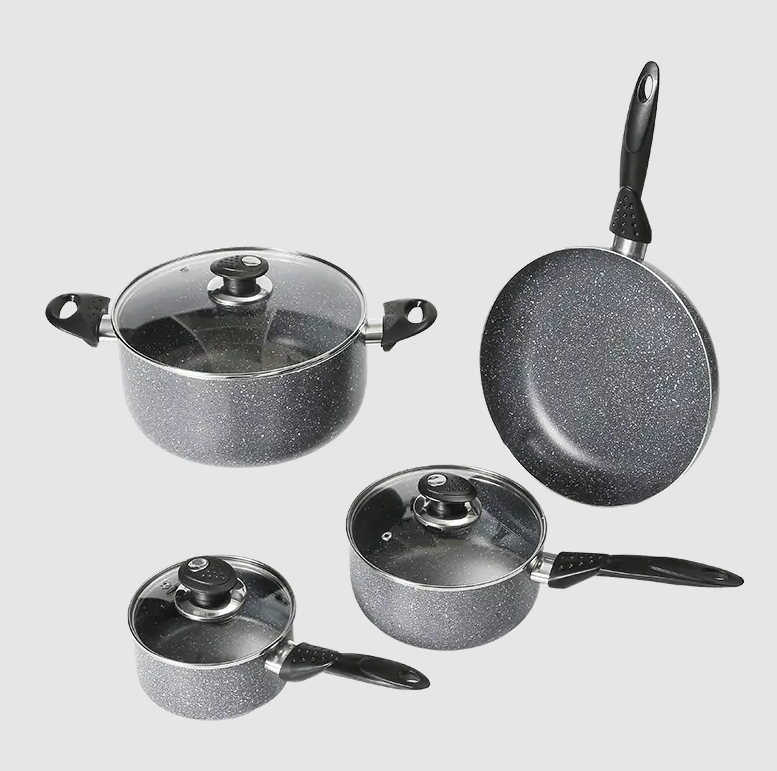Pressed cookware has become synonymous with modern, efficient, and stylish kitchen tools. However, the conversation around its environmental impact is equally important as consumers become increasingly aware of the ecological consequences of their purchasing decisions. This article delves into how pressed cookware fares in terms of environmental performance, examining its manufacturing process, energy efficiency, and end-of-life considerations.
The manufacturing process of pressed cookware can be a significant determinant of its eco-friendliness. Traditional cast cookware often requires more energy-intensive processes, which can lead to higher carbon emissions. In contrast, pressed cookware is made by pressing thin sheets of metal into shape, which is generally a more energy-efficient method. This reduced energy consumption during manufacturing translates to a lower carbon footprint, aligning with the growing demand for sustainable products.
Another aspect of pressed cookware’s environmental performance is its energy efficiency during use. Pressed cookware, due to its uniform thickness and precise construction, often heats more evenly and requires less energy to reach desired cooking temperatures. This efficiency not only saves on energy bills but also reduces the environmental impact associated with energy production. Additionally, the even heat distribution can lead to faster cooking times, further minimizing the energy required for each cooking session.
The durability of pressed cookware is another factor that contributes to its environmental credentials. High-quality pressed cookware is designed to last, reducing the need for frequent replacements and the associated waste. This longevity is particularly beneficial when compared to cheaper, less durable alternatives that may require more frequent disposal and replacement, leading to increased waste and environmental strain.
Recyclability is another dimension where pressed cookware stands out. Many pressed cookware pieces are made from aluminum or stainless steel, both of which are highly recyclable materials. This recyclability ensures that at the end of their useful life, these cookware items can be repurposed, reducing the demand for raw materials and the environmental impact of mining and extraction.
However, it is essential to consider the entire life cycle of pressed cookware when assessing its environmental impact. While it excels in energy efficiency and recyclability, the sourcing of raw materials and the transportation of finished products also play a role. Consumers should look for pressed cookware manufacturers that prioritize ethical sourcing and sustainable transportation practices to further reduce their carbon footprint.
In conclusion, pressed cookware offers a range of environmental benefits, from its energy-efficient manufacturing process to its long-lasting design and recyclable materials. As the world moves towards more sustainable living, the choice of cookware that minimizes environmental impact becomes increasingly important. By selecting pressed cookware, consumers can contribute to reducing their ecological footprint while enjoying the many benefits of modern, efficient, and stylish cookware. The future of cooking is not just about what we cook but also how we cook, and pressed cookware is a step in the right direction towards a more sustainable kitchen.
Aluminum body with nonstick coating for easy cooking and cleaning; BPA-free
Beechwood handles stay cool during use, vented glass lids let steam escape, and silicone lids keep your pan always new.
induction bottom heats evenly; compatible with gas, electric, and glass stovetops induction
Hand wash only, not dishwasher safe; please check the size of your stovetop's hobs before purchasing
Please use low to medium heat; extremely high temperatures can cause handle and coating damage
